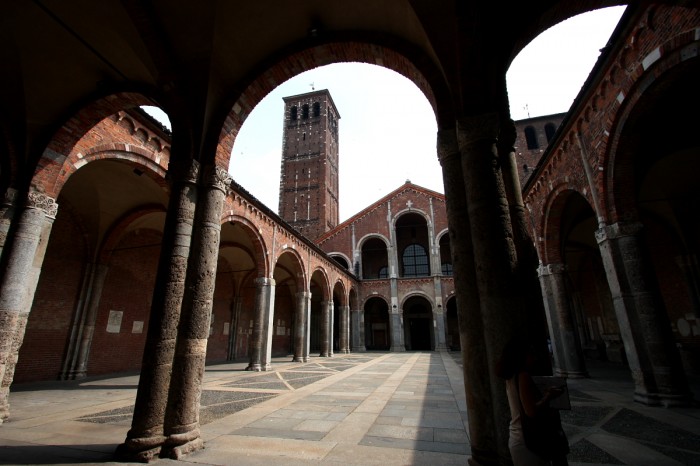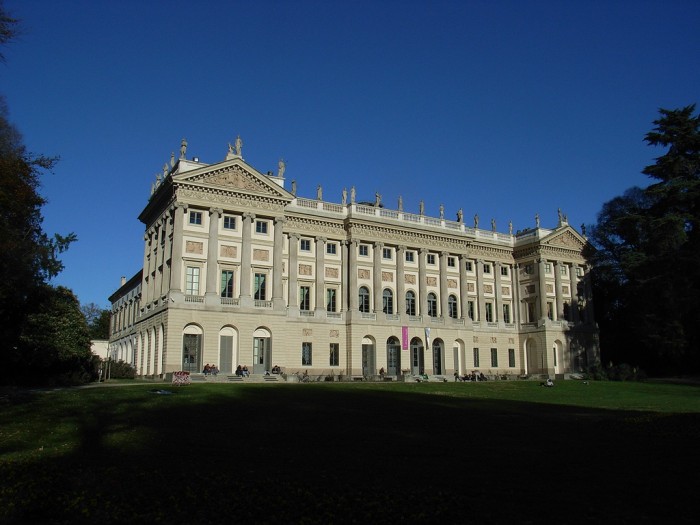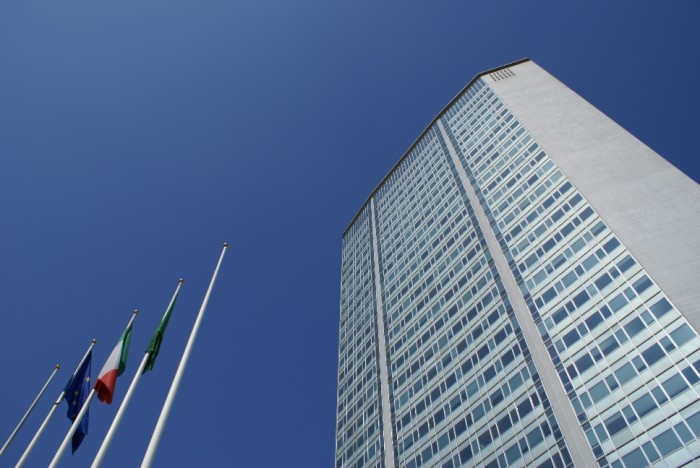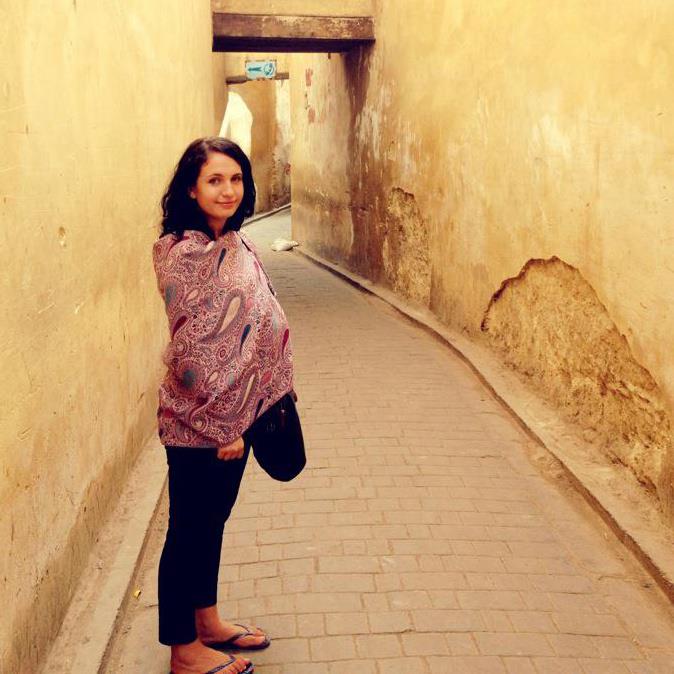The city of Milan has been an important cultural centre for over two millennia. Founded by the Celts around 400 BC, this thriving metropolis now has well over one million people residing in its city limits and another four million throughout its metropolitan area. Milan is known as a hot spot of fashion, trade, IT, politics and architecture. Stunning buildings, cathedrals and skyscrapers mark Milan’s skyline with styles that range from neoclassical to modern. It is, without a doubt, an architecture-lover’s paradise.
If you’re looking to book a stay in Milan on your next holiday, don’t just do so for the food and the shopping. The culture of this Italian city is alive and kicking in its fabulous buildings. Here are a handful of Milan’s more noteworthy structures to explore the next time you venture into Milan.

Photo Credit: Jose Luis Ogea on Flickr
Castello Sforzesco
This impressive structure was once the residence and ruling seat of Milan’s most powerful family, but these days it is filled with museums and art galleries. A castle whose construction started back in the 14th century, the Castello Sforzesco has seen generations of modifications and an ongoing series of construction that only relatively recently ended. One of its most impressive interior pieces is the ceiling of the Salla Delle Asse, which was painted by none other than Leonardo de Vinci. In 1943, the castle suffered significant damage due to allied bombing, but it was rebuilt. Considering the centuries it has survived and the many facelifts it has undergone, the Castello Sforzesco looks remarkably similar to its 14th century self.
Duomo di Milano
The fourth largest cathedral in the world, the Duomo di Milano is situated right in the heart of Milan. A classic and impressive example of Gothic architecture that began back in the 14th century, construction on this monolithic structure was only completed in the 19th century during Napoleon’s reign. It has over 2000 statues, 96 gargoyles and 135 spires — the tallest of which are over 180 meters from the ground. One of the city’s most popular tourist attractions, this cathedral has taken part in Milan’s most important celebrations, events and religious ceremonies for over six centuries.

Photo Credit: h s a on Flickr
Basilica of Sant’ Ambrogio
Saint Ambrose oversaw the construction of this basilica back in the 4th century, and it is one of the oldest structures in Milan. The original building was called Basilica Martyrum, due to the number of martyrs in the area during the Roman persecution of the Christians. In the 11th century, the basilica was given a facelift whose Roman appearance still marks its exterior. Filled with fascinating medieval art and sarcophagi, the basilica of Saint Ambrose also has an impressive atrium in its centre that is almost as large as the structure itself.
Torre Velasca
Built in 1954 through a collaboration of four different architects, Torre Velasca is a 100-meter-tall, modern building that resembles something of a Lombardi medieval fortress’ defence tower. Narrower on the ground than it is at the top, the skyscraper mushrooms out as it nears its tallest point, which satisfies the need to conserve space at Milan’s ground level, while making more use of the space available in the sky.

Photo Credit: thomas lefere on Flickr
Pirelli Tower
Built in 1950 on the site of the city’s first factory, the Pirelli Tower is a 32-story skyscraper whose base is 1900 square meters. It has a structural skeleton, tapered sides and curtain wall facades, and it was one of the first skyscrapers in the world to forego the more traditional block form. Until recently, it was the tallest building in Milan, and it has inspired other designs, including the Pan Am Building in New York City and the Alpha Tower in Birmingham, England.
Palazzo Reale
Known previously as Royal Ducal, this palace was built by Luigi Vanvitelli in the 18th century. Famous Italian artists designed its interiors, and it is without a doubt, a stunning example of neoclassical architecture and style. Once a political centre for Milan, it is now a cultural one, housing exhibits of modern and contemporary art, as well as being the site for many fashion and design shows.
Few cities have architecture that spans the amount of time and range of styles that Milan does. From the days of Rome’s prominence through medieval times and modern ones, Milan is a city whose buildings house its history and culture — like time capsules along the city’s skyline.
About the Author: Jessica Nair is a contributing writer and travel agent.



